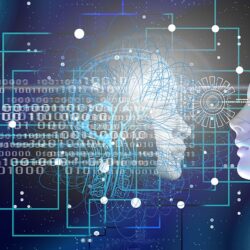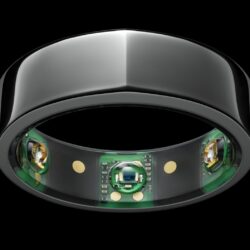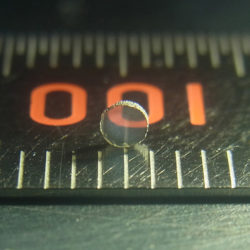The Role of Deep Learning in Artificial Intelligence: Essential or Optional?
The earliest artificial neural network, the Perceptron, was introduced approximately 65 years ago and consisted of just one layer. However, to address solutions for more complex classification tasks, more advanced neural network architectures consisting of numerous feedforward (consecutive) layers were later introduced. This is the essential component of the current implementation of deep learning algorithms. Read more about The Role of Deep Learning in Artificial Intelligence: Essential or Optional?[…]



